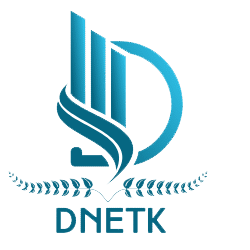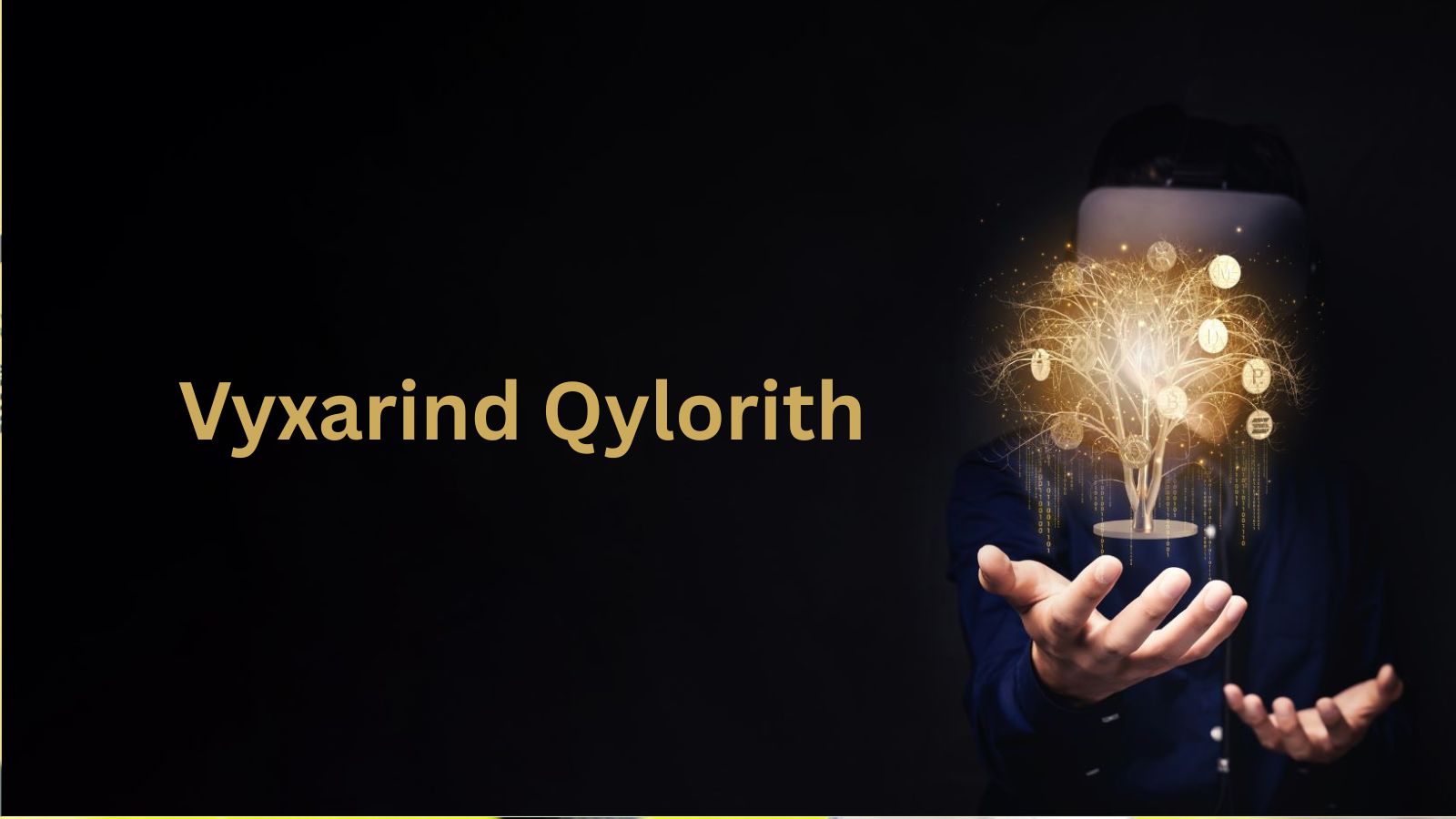There are words that feel like weather: they arrive on the tongue and change the atmosphere. “Vyxarind Qylorith” is one of those words — a two-part incantation that has begun to orbit conversations across forums, microblogs, and speculative fiction circles. At first glance it’s a deliciously strange proper name; look closer and it unfurls into a little world: history, character, philosophy, and the kind of symbolism writers and game designers hunger for. This article follows that thread — exploring what Vyxarind Qylorith evokes, how it’s being used, and why made-up language sometimes lands harder than the familiar.
What the name sounds like
Phonetically, Vyxarind has an edged, consonant-rich start (VYX-) that suggests motion or severity, softened by the trailing -arind which gives it a suffix of origin, like a place or lineage. Qylorith balances that with liquid consonants and an -ith ending that reads as ancient or arcane. Together the two feel complementary: a bold actor (Vyxarind) and a condition, realm, or force (Qylorith). That contrast — person vs. phenomenon, agent vs. atmosphere — is part of the name’s immediate narrative potential.
Origins: a modern myth in the making
Unlike names that come steeped in centuries of recorded lore, Vyxarind Qylorith appears to have emerged recently in online creative spaces. Writers, bloggers, and digital storytellers have begun to attach different meanings to it — some treat it as a being, others as a technology, still others as a philosophy or ritual. The term’s early propagation across web posts and creative outlets suggests it’s less a recovered myth and more a collaboratively invented fragment, a modern myth-making process playing out in public
Three common interpretations
Across the fragments and fan-theories, three recurring interpretations stand out:
- The Entity — Vyxarind as a sentient, mythic figure: a traveler, guardian, or exile whose actions shape landscapes and destinies. In this reading, Qylorith is the sphere or domain that the entity navigates — a liminal territory between worlds.
- The Artifact / Technology — Vyxarind Qylorith as an object or system: a device, a framework, a code that transforms matter or consciousness. Authors who lean sci-fi often treat Qylorith as a kind of protocol and Vyxarind as the implementation or core algorithm.
- The Philosophy / Ritual — Vyxarind Qylorith as practice: a set of rites, rules, or a moral aesthetic that cultivates resilience, flow, or transcendence. Here it lands closer to a school of thought — useful in storytelling for worldbuilding and in real life as metaphoric language.
Each reading provides a different set of tropes and story affordances, which is why the phrase multiplies quickly: it’s flexible and evocative.
Why it resonates now
The rise of newly coined myth-words is not new — but their speed and reach are. In our networked culture, a compelling neologism can be seeded into fan art, microfiction, product design concepts, and even speculative marketing within days. Vyxarind Qylorith benefits from:
- Phonetic memorability — it’s unusual but pronounceable.
- Semantic ambiguity — the term invites interpretation rather than enforcing one.
- Cross-genre appeal — it fits fantasy, sci-fi, design, and spiritual aesthetics.
That cross-genre appeal is significant: creators in different fields can adopt the term and project their own needs onto it, accelerating its spread and deepening its lore.
Story seed: how to use Vyxarind Qylorith in fiction
If you’re a writer looking to drop Vyxarind Qylorith into a tale, here are three starter concepts that showcase its versatility:
- The Relic: A small, humming shard known as the Vyxarind. It rewrites memories; its origin is tied to the Qylorith Storms — periodic temporal eddies that sweep the borderlands. The shard is desirable, dangerous, and morally ambiguous.
- The Pilgrim: Vyxarind is the name given to an order of travelers who chase Qylorith — a metaphysical phenomenon that heals or fractures realities. Their oath forces them to choose between intervention and observation.
- The Protocol: In a near-future city, companies fight for patents over Vyxarind Qylorith, a cognitive protocol that enhances empathy through distributed narratives. The ethics of commercialization drive the plot.
Each seed uses the name’s layered sound to create immediate worldbuilding without heavy exposition.
Cultural and design uses beyond fiction
Beyond stories, the name works for design and branding when you want something that feels other, aspirational, and slightly mysterious. Indie game studios could name a central mechanic “Qylorith,” while fashion labels might use “Vyxarind” as a capsule collection title to evoke futurism-meets-heritage. On social platforms, the term functions as a memetic vessel: a hashtag or micro-genre that signals a shared imaginative playground.
Risks and rewards of adopting invented mythonyms
Using a made-up term has trade-offs. The reward is distinctiveness — you can own associations a real word cannot. The risk is opacity: without context, audiences may be confused or indifferent. The trick is to provide just enough scaffolding: a single evocative line of lore, a visual anchor, or an experiential demo that lets people latch meaning onto the sound.
A small manifesto for modern myth-making
Vyxarind Qylorith is an exemplar of how myth is now made: collaboratively, iteratively, and in public. If there’s a takeaway for creators, it’s this:
- Seed, don’t dictate. Offer a potent image and let the community fill in the rest.
- Play with form. Let the term live across media: a short story, an art post, a game mechanic.
- Honor ambiguity. Built-in mystery invites participation; clarity kills some curiosity.
Conclusion — an open invitation
Words like Vyxarind Qylorith are less destinations than invitations. They ask us to imagine what might be possible — beings who wander between worlds, protocols that alter perception, philosophies that rearrange practice. Whether it coalesces into a single coherent myth or remains a collage of half-formed ideas doesn’t diminish its value. The point is the making: the conversation, the art, the experiments that the phrase inspires.
If you’re a creator, consider this an open call: plant a seed with the name, tell a shard of a story, sketch a relic, write a ritual. In doing so you’ll take part in the centuries-old human habit of meaning-making — updated for an age when a single evocative term can cross oceans and genres in the time it takes to hit “post.”

